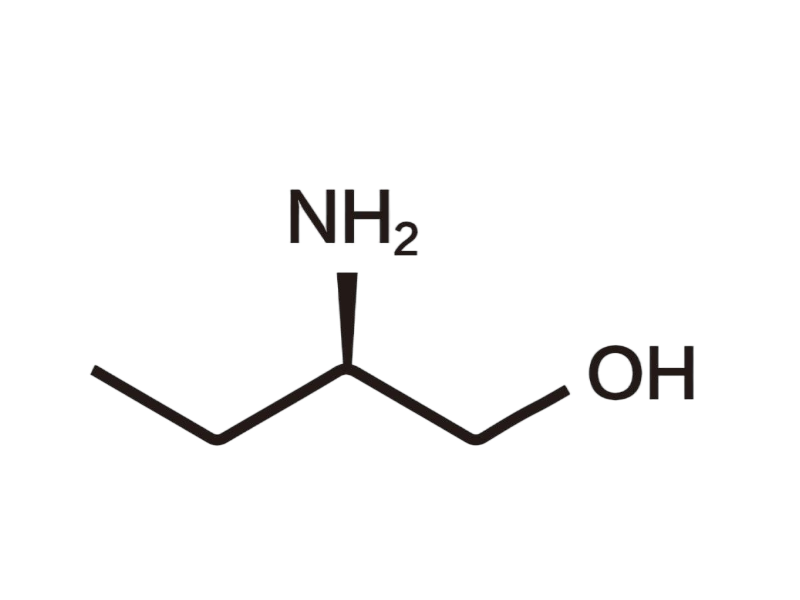Basic Information of Dopamine Hydrochloride Powder:
Dopamine is one of the most important catecholamines, playing a key role in both the central nervous system and renal system. Imbalances in dopamine secretion can lead to diseases such as heart disease, schizophrenia and Parkinson's disease. 3,4-Dihydroxyphenyl-Ethylamine Hydrochloride is the hydrochloride form of dopamine and has better stability. It has higly soluble in water, can enhance myocardial contractility, increase blood output, and is widely used in treating shock syndrome caused by conditions such as myocardial infarction, trauma, endotoxin sepsis, cardiac surgery, renal failure, and congestive heart failure.
Effects of Catecholamine Dopamine Hydrochloride Powder:
1.Treat Parkinson's disease
3,4-Dihydroxyphenyl-Ethylamine Hydrochloride is used to treat Parkinson's disease and can significantly reduce and control the symptoms of movement disorders in patients. By supplementing dopamine, it helps improve nerve conduction and alleviates symptoms such as muscle stiffness and tremors.
2.Treat depression
3,4-Dihydroxyphenyl-Ethylamine Hydrochloride is also used to treat depression and can improve mood and emotional stability. Additionally, it has certain effects on other neurological disorders, such as anxiety disorders and attention deficit hyperactivity disorder (ADHD).
3.Treat clinical hypotension
As a dopamine receptor agonist, 3,4-Dihydroxyphenyl-Ethylamine Hydrochloride stimulates the heart and increases renal blood flow. It is used to treat hemorrhagic shock, cardiac asthenia, and septic shock. It can also be applied in the treatment of circulatory system diseases such as heart failure and shock, helping to support blood pressure maintenance in clinical settings.
Advantages of Viablife' s Dopamine Hydrochloride Powder for sale:
1.Pure Appearance and Color
Viablife' s 3,4-Dihydroxyphenyl-Ethylamine Hydrochloride is a pure, and snow-white powder with a uniform particle size.
2.Higher Purity
Viablife' s 3,4-Dihydroxyphenyl-Ethylamine Hydrochloride is synthesized through an advanced and precise biosynthetic process, resulting in higher purity and minimal impurities.
Uniform Particle Size: Viablife’s 3,4-Dihydroxyphenyl-Ethylamine Hydrochloride adopts a uniform particle size, which ensures strict control over particle size. This leads to better fluidity and rapid dissolution.
3.Environmental Impact
Traditional methods of producing 3,4-Dihydroxyphenyl-Ethylamine Hydrochloride involve chemical synthesis, including catalytic hydrogenation, which carries high risk factors and contributes significantly to environmental pollution. In contrast, Viablife uses a self-developed biosynthesis technology that utilizes renewable carbon sources. This process synthesizes 3,4-Dihydroxyphenyl-Ethylamine Hydrochloride through biological fermentation, supported by strict strain selection and advanced automated processing techniques. The result is a high-quality, stable, and environmentally friendly product.
As dopamine hydrochloride powder factory, Viablife provides 3-hydroxytyramine hydrochloride which is one of the most important catecholamines.










 Leave a Message
Leave a Message